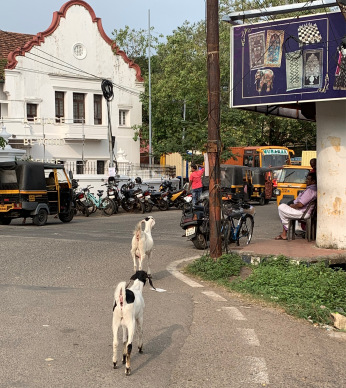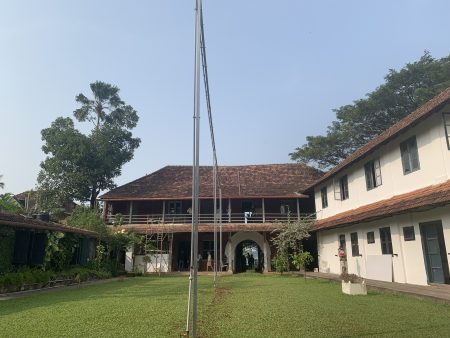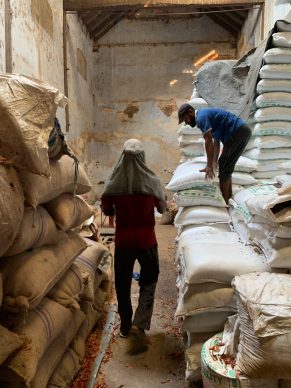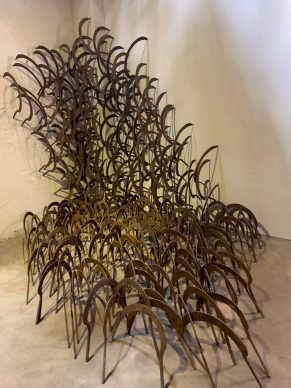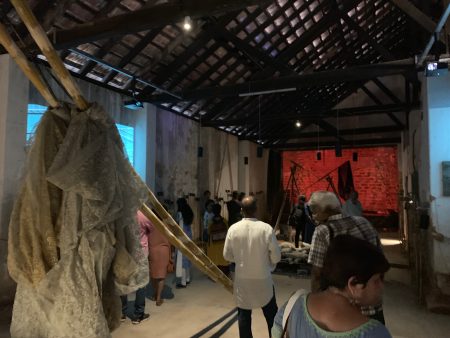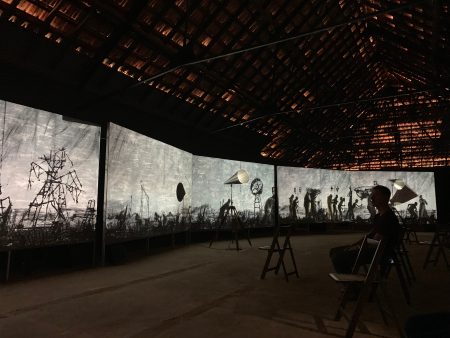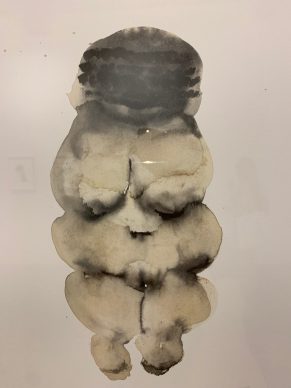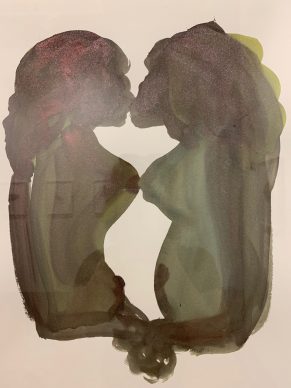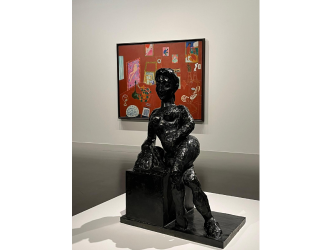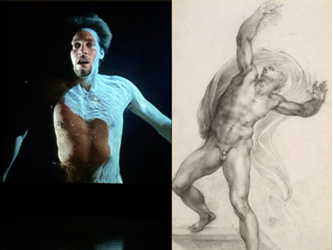With all these artworks in the millions of dollars whose prices become the most memorable thing about them, with all the fairs you could ever want, with all these figurative or abstract paintings flooding the world’s galleries by artists who are either very talented or not at all, it is easy to neglect something fundamental: the fact that there are places and circumstances in which art is more than necessary, it is vital.
I had this feeling when I visited Tehran last June (cf the report).
I experienced the same sensation when I travelled to southern India, specifically to Kerala, where a spectacular show dedicated to contemporary art is being held in Kochi, also known as Cochin, and has taken place every two years since 2012. To get to Cochin from Europe is to find, on principle, no direct flights.
The old town of Fort Cochin is home to an 18th-century synagogue, the first mosque in the country and a large number of churches. The literacy rate in this state is 98.9% and the life expectancy goes up to 74 years. Kerala is the last bastion of communism in India.
But in August this state with such remarkable statistics was hit by floods which were also, alas, on a record-breaking scale. It was the most violent monsoon India had seen in a century. The death toll surpassed 400 and countless people were made homeless.
Given the context, you might think that this year the Kochi Biennale would be cancelled. But not at all. Venu V, the secretary for tourism in Kerala and CEO of the Rebuild Kerala initiative, explains using the key phrase: “Art is not a luxury”(1).
“The biennale is a way of overcoming the crisis. It is the symbol of Kerala’s resilience.”
This year the chosen curator is an artist with very political overtones, Anita Dube, who tells me how, as an Indian woman, she had to fight tooth and nail at every stage of her life as an artist.
She admits, however, that certain artists may not wish to express themselves politically through their art. She reveals her priorities for the Biennale:
The 2018 edition of the Biennale features just under 80 artists presented in stunning and sometimes grandiose settings. Kochi is the headquarter of the spice trade in India and you can search for a long time and finally find one of the exhibitions on the route next door to a warehouse filled with bags of pepper which men carry around on their heads.
But the main site of the Biennale is Aspinwall House, (with the Pepper House) a group of buildings which during the 19th century were the Indian business premises of an English spice trader, which is also the place that most merits a visit. It provides the most coherent example of Dube’s ideas. Here we find, albeit approached in very different ways, themes of memory and heritage, tinged with a certain nostalgia. Shambhavi ( born Patna, 1966) uses objects from the world of farming, which he assembles. BV Suresh ( born Bangalore, 1960) activates objets using skilful mechanisms, like an Indian Jean Tinguely only more rustic and shamanic. One of the great discoveries of this edition of the Kochi Biennale, is Bapi Das ( born Kokata, 1979) who just a year ago was still working as a driver.
He only speaks Bengali and Hindi. He makes works that mix very fine embroidery with paintwork to create scenes that obsess the ex-driver: maps, roadside views, unique viewpoints… all in extremely original compositions.
The 2018 Kochi Biennale would not be what it is, with its powerful potential for poetic evocations but also for the expression of suffering, without the presence – against all odds – of three artists from South Africa.
William Kentridge ( born 1955) has installed a series of eight large screens to create a kind of animated fresco, which tells the trials of mankind presented in silhouette. An utterly hypnotic procession in which each of the figures carries their own burden, set to a brass band soundtrack.
Sue Williamson recounts the harrowing journey made by boat by future slaves from Africa to America. She has created fountains made from hanging nets, filled with bottles which allow the water to escape.
Marlene Dumas (born 1953) the superstar of contemporary painting who lives in Amsterdam, but who’s also originally from South Africa, is exhibiting a set of watercolours which isolate figures, like an alphabet primer for her pictorial vocabulary.
Among the best-known artists at the Biennale there is also the Indian Jitish Kallat ( born 1974).
He has created a new installation made from stone carved by man, reproduced on a huge scale and placed on a plinth, representing the “Doomsday clock”, which according to certain scientists is meant to count down to the end of the world. Kallat is clearly passionate about environmental issues.
The Franco-Cameroonian artist Barthélémy Toguo (born 1967) went to listen to members of the different communities in Kochi and created stamps, like those that are applied to passports, but on a huge scale and which in this case address the daily preoccupations of the population, like the “fight against untouchability”.
Anita Dube thinks that “the world should be governed by women because they are wiser”. She has therefore invited a group of militant feminists, the Guerilla Girls, who have been active since 1985 in New York. They talk about art more than they make it, but when two of their members, their faces covered by gorilla masks, held a conference at Cochin during the Biennale, the room was full.
It must be said that it’s difficult to become an artist nowadays in India, all the more so if you are a woman.
At Cochin, perhaps because this city is too distant, the great dealers of the world, contrary to their tendency to attend shows of this magnitude, were notably absent.
At Cochin art is less commercial: indeed, art is not a luxury.
There are nearly three months left to visit and support this fabulous place that is Fort Cochin and its Biennale.
Until 29 march 2019.http://kochimuzirisbiennale.org.
(1) He spoke during the BMW Art talk : “Art in difficult times”.
Support independent news on art.
Your contribution : Make a monthly commitment to support JB Reports or a one off contribution as and when you feel like it. Choose the option that suits you best.
Need to cancel a recurring donation? Please go here.
The donation is considered to be a subscription for a fee set by the donor and for a duration also set by the donor.

